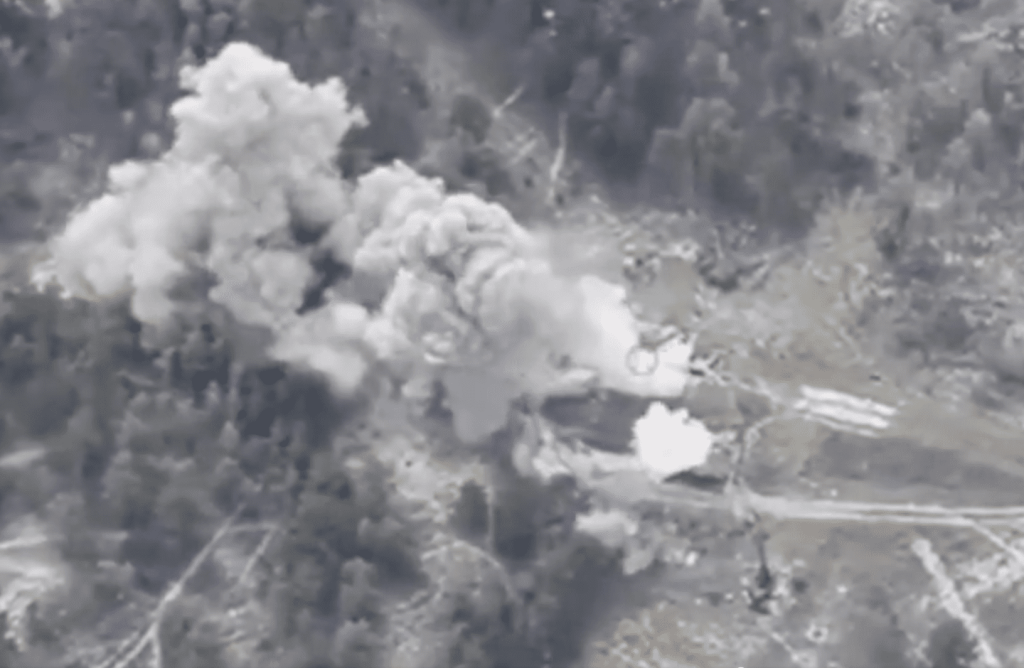Bombs have played a central, and often controversial, role in military history.
Others are reading now
Bombs have played a central, and often controversial, role in military history.

Since the dawn of modern warfare, bombs have redefined the scale and nature of destruction. Initially developed to breach fortifications and disrupt enemy lines, they quickly evolved into devastating tools of strategic dominance.
From World War II firebombings to Cold War nuclear tests and precision-guided munitions in contemporary conflicts, bombs have played a central, and often controversial, role in military history.
Today, their power, precision, and psychological impact remain unmatched.
Also read
Here are 10 of the most fearsome bombs ever used or tested in the modern era.
Tsar Bomba – The Largest Nuclear Explosion in History
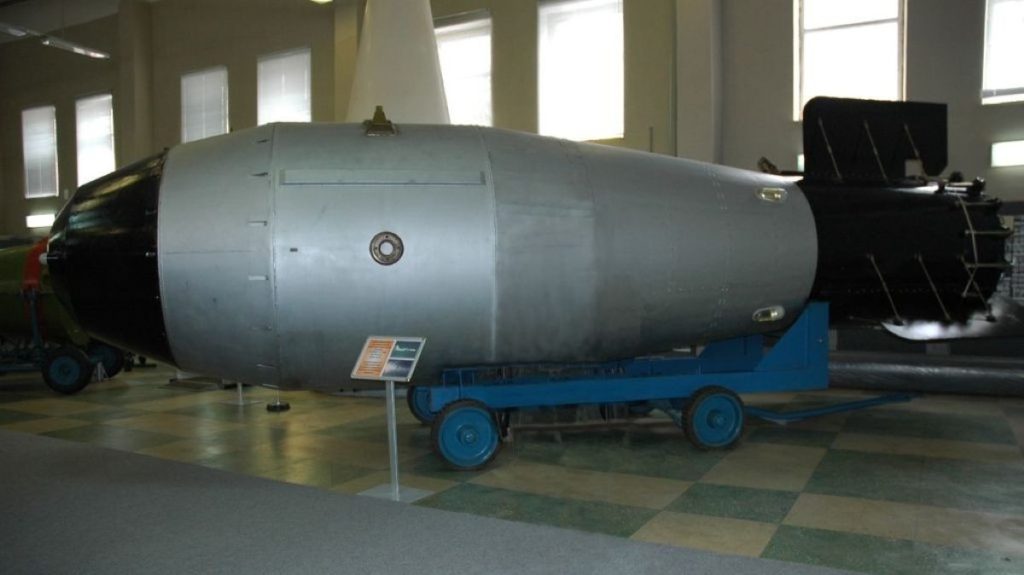
Tested by the Soviet Union in 1961, the Tsar Bomba holds the record as the most powerful man-made explosion ever. With a yield of 50 megatons, it was over 3,000 times more powerful than the Hiroshima bomb.
Fortunately, it was never used in combat, but its detonation over Novaya Zemlya sent a chilling message during the height of the Cold War.
MOAB (GBU-43/B) – The “Mother of All Bombs”
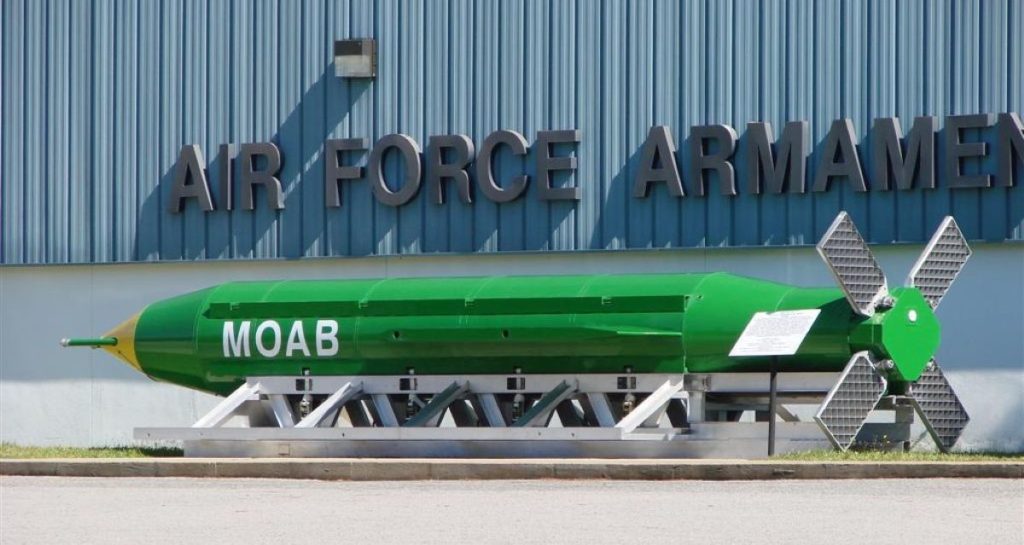
Developed by the United States, the MOAB is the most powerful non-nuclear bomb ever used in combat.
Dropped in Afghanistan in 2017, it created a massive blast radius with devastating shockwaves, designed to destroy underground bunkers and clear mountainous terrain of enemy forces.
Little Boy – The First Atomic Bomb Used in War
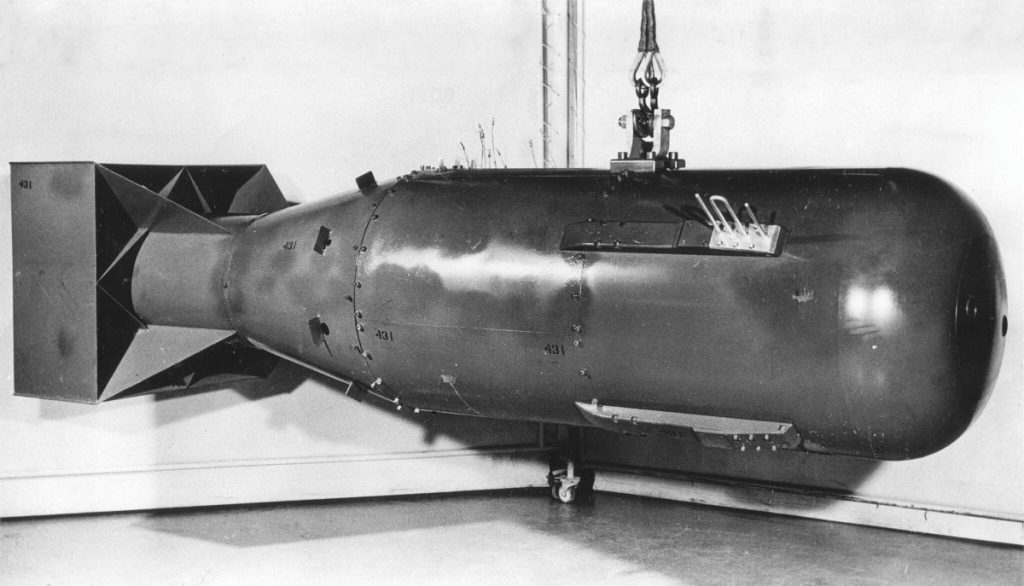
Dropped on Hiroshima on August 6, 1945, “Little Boy” changed the course of history.
The uranium-based bomb killed over 140,000 people and introduced the world to the horrors of nuclear warfare. It remains a grim milestone in military history.
Fat Man – The Bomb That Hit Nagasaki
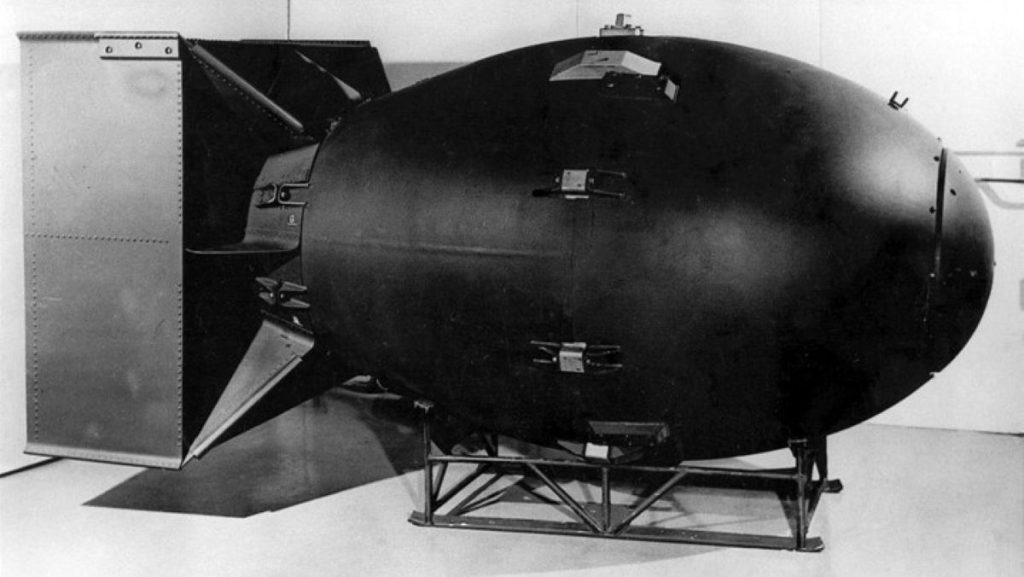
Three days after Hiroshima, the U.S. dropped a second atomic bomb on Nagasaki.
“Fat Man,” powered by plutonium, caused massive devastation and led directly to Japan’s surrender in World War II. Together with “Little Boy,” it reshaped geopolitics for generations.
BLU-82 Daisy Cutter – Vietnam’s Rain of Fire
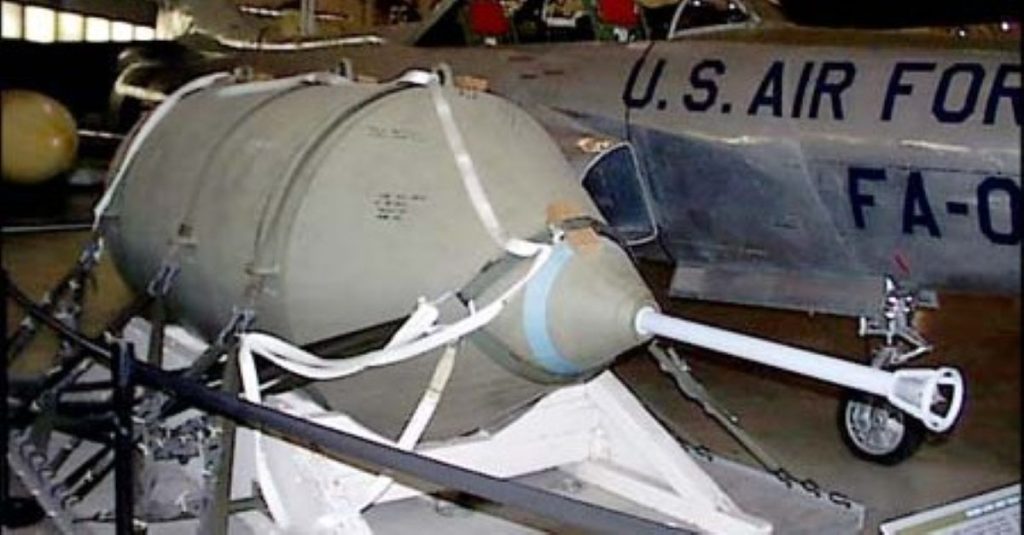
Used by the U.S. during the Vietnam and Gulf Wars, the Daisy Cutter created enormous blasts designed to clear helicopter landing zones and terrorize enemy troops.
Its explosive power was so vast that it became a symbol of overwhelming American firepower.
Mark 17 – America’s First Hydrogen Bomb
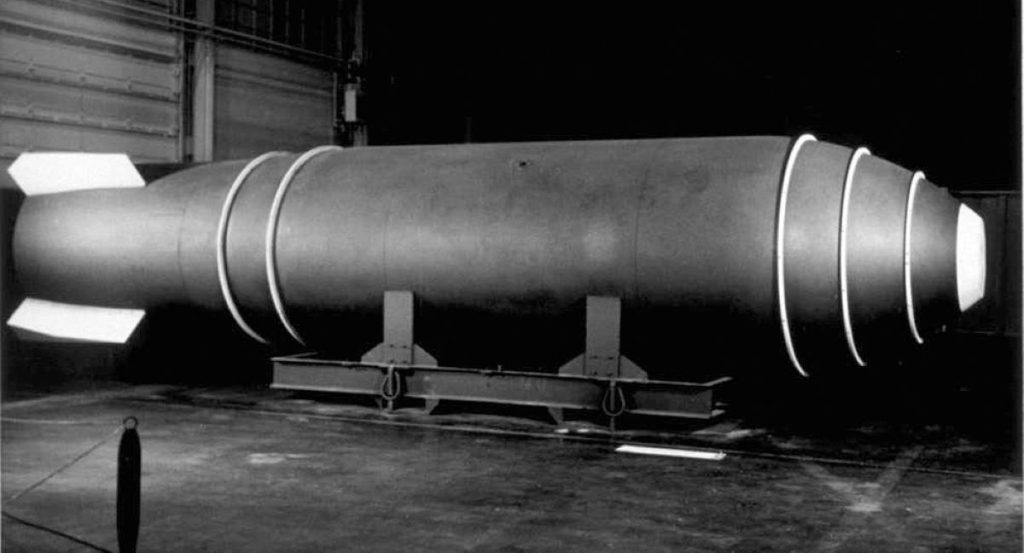
The Mark 17 was one of the largest hydrogen bombs ever built by the United States.
First deployed in the 1950s, it had a yield of 15 megatons and was deliverable by aircraft, making it a terrifying part of Cold War nuclear strategy.
B61 Mod 12 – Precision Nuclear Weapon of the Future
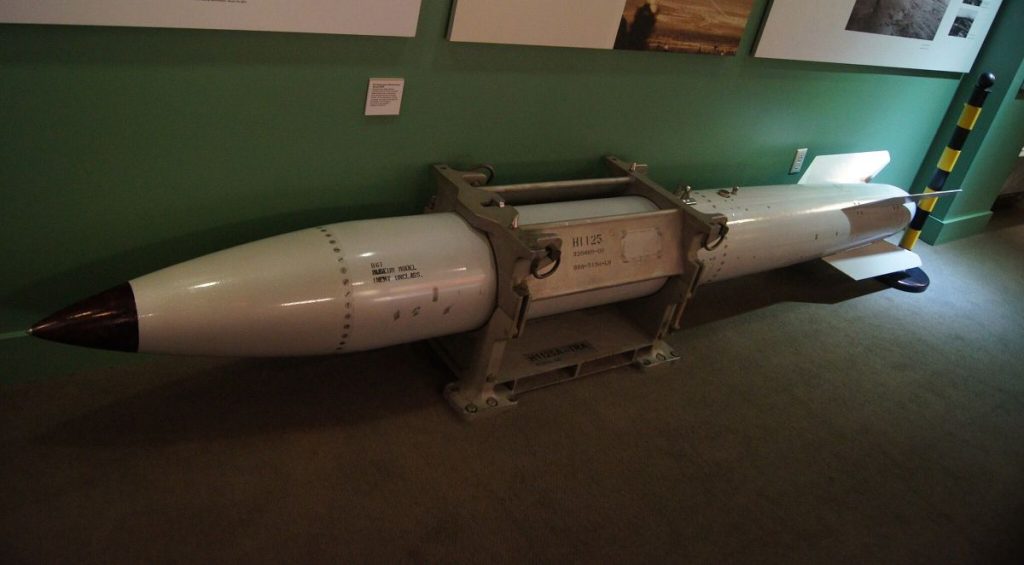
This modernized U.S. tactical nuclear bomb is designed for high-precision strikes with adjustable yield, and is seen as part of NATO’s nuclear deterrent.
Its deployment capability across various platforms makes it a symbol of current nuclear flexibility and readiness.
Thermobaric Bombs – Heat and Pressure Devastation
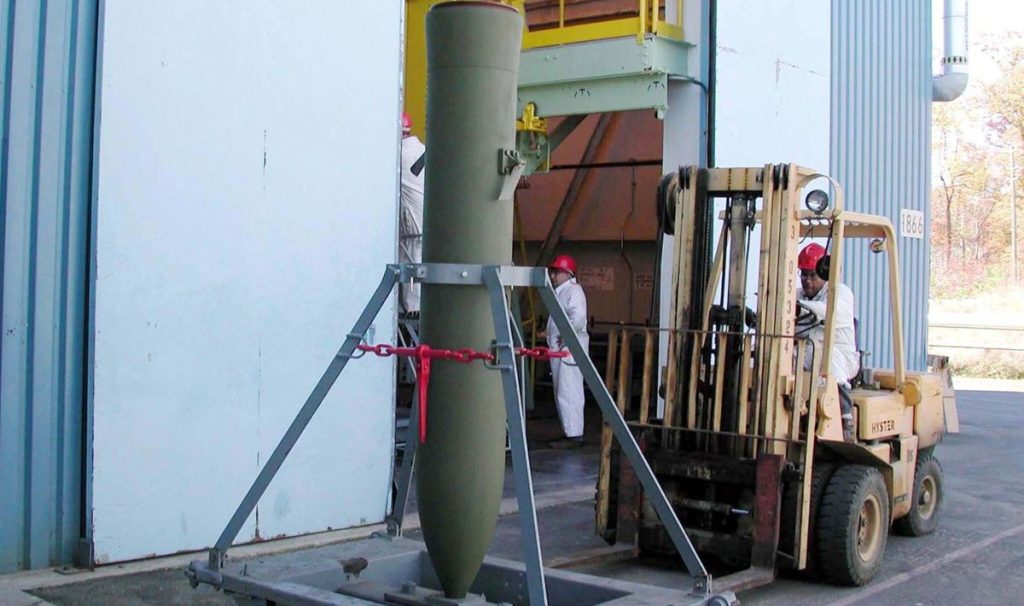
Used by both Russia and the U.S., thermobaric bombs release a cloud of fuel and then ignite it, creating a high-temperature, high-pressure blast that’s deadly in confined spaces.
These weapons have seen use in conflicts like Syria and Chechnya.
GBU-57A/B MOP – The Bunker Buster

Nicknamed the “Massive Ordnance Penetrator,” this U.S. bomb is designed to destroy deeply buried targets like nuclear facilities or command bunkers.
Weighing over 14,000 kilograms, it can burrow deep before detonation, making it one of the most formidable conventional weapons in existence.

